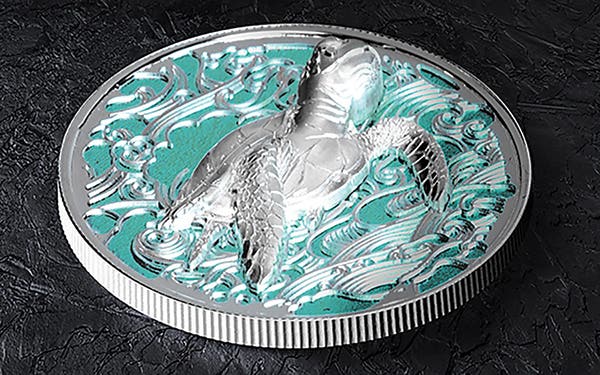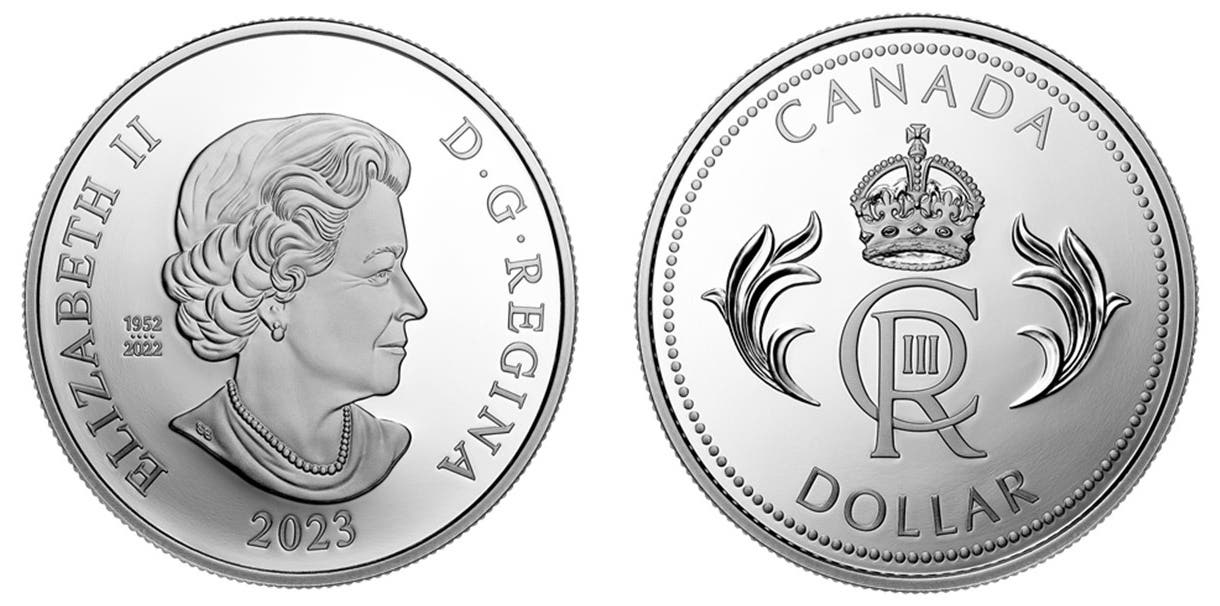Rockport Collection of Ancients at Heritage Dec. 19
So many stories of Rome are so very compelling, but very few rival the interactions of Cleopatra and Marc Antony. Coins which feature the pair are highly sought by collectors…
So many stories of Rome are so very compelling, but very few rival the interactions of Cleopatra and Marc Antony. Coins which feature the pair are highly sought by collectors and the Rockport Collection has a nice one to offer.
A silver denarius with 4/5 strike and 3/5 surface as graded by NGC, this piece featured the diademed and draped bust of Cleopatra on the obverse and bare head of Marc Antony on the reverse. While slightly off center, this maintains a nice look and should provide a focal point in the sale.
At time of writing, over a month before the hammer is set to fall, this denarius has over fifty people tracking it and has been viewed nearly 225 times. Get ready for some very active bidding on this coin and expect a low five figure outcome as least.
This gold aureus bears an excellent portrait of Claudius, fourth emperor of the Julio-Claudian dynasty. There is strength in this portrait, which may not have existed at the start of his rule, but developed over time.
Son of the great general Drusus, and Antonia, niece of the emperor Augustus, Tiberius Claudius Drusus seemed well-positioned in the empire when he was born in 10 B.C., however, outward defects contracted through childhood illness labeled Claudius as the black sheep of the family. These problems kept Claudius out of the political light and away from the family's murderous intrigues.
When Caligula met his end in Jan. A.D. 41, Claudius was the sole surviving Julio-Claudian male, but he was also totally unprepared for rule. The Praetorian Guard became his salvation when they found him cowering behind a curtain in the palace, acclaimed him Emperor and stood by his side due to Claudius’s gratitude, which was dealt out in substantial bonus’ to their ranks.
With that support, Claudius forced the Senate to accept him as the next princeps and took the Empire in a totally new direction through his intelligence and moderation. In A.D. 43, he ordered the invasion and annexation of Britain, the first major addition of territory to the Empire since the days of Augustus.
Provincial governors were chosen carefully foreign relations were handled with surprising skill. Though Claudius chose his wives unwisely, and lost his power after 13 successful years as a result, he still left his mark on the Empire and his rule set a pattern for the reigns that followed.
The Rockport Collection contains two gold aureus of Claudius I and both are being watched carefully by potential bidders. They each have about a hundred views over a month before closing as I write this story. In addition to the gold pieces, there are four copper coins of Claudius I in the Rockport Collection, so regardless of your budget, you will enjoy some nice opportunities in this auction.
For those who appreciate the Roman Provincial issues, the Rockport Collection offers an interesting unpublished copper coin of Cyme, the largest city in Aeolis on the far side of the Aegean Sea in Asian Minor. The coin features Antinoüs in bareheaded heroic half-length bust on the obverse and a figure, possibly Apollo, half-draped and seated on the reverse. The story of Antinoüs and his relationship with Hadrian is told very well in the Heritage lot listing, so we’ll share it here for background.
“Antinoüs was a handsome Bithynian youth whom Hadrian probably noticed on his visit to Bithynium-Claudiopolis in A.D. 123/4. According to Hadrian's recent biographer Anthony Birley, Antinoüs likely found a "discreet place" in Hadrian's entourage and accompanied the peripatetic emperor on his various journeys. Their relationship came to a mysterious end during Hadrian's visit to Egypt in A.D. 130.
During a barge trip up the Nile, Antinoüs drowned, probably on Oct. 24. In his memoirs, Hadrian insisted the youth's death was an accident, but other historians implied either that Hadrian had killed him in some sacrificial rite, or that Antinoüs had committed ritual suicide to preserve Hadrian's health.
Whatever the true story, Hadrian's grief was such that he deified the youth and founded the city of Antinoopolis near the spot of his drowning. The cult of Antinoüs spread rapidly throughout the Greek east, making him the last of the truly popular pagan gods. His sculpted image also became ubiquitous as the very personification of male beauty. Antinoüs is extensively honored on the Roman provincial coinage of the East, particularly in Bithynia and Egypt, but is totally absent from the official Roman coinage.”
This Antinoüs copper of Aeolis and many other lots in the Rockport Collection have been off the market since the 1980’s when they were acquired, so bidders should look this catalog over very carefully. Check it out at www.coins.ha.com and then set up your account for bidding in advance of the Dec. 19 sale date.








